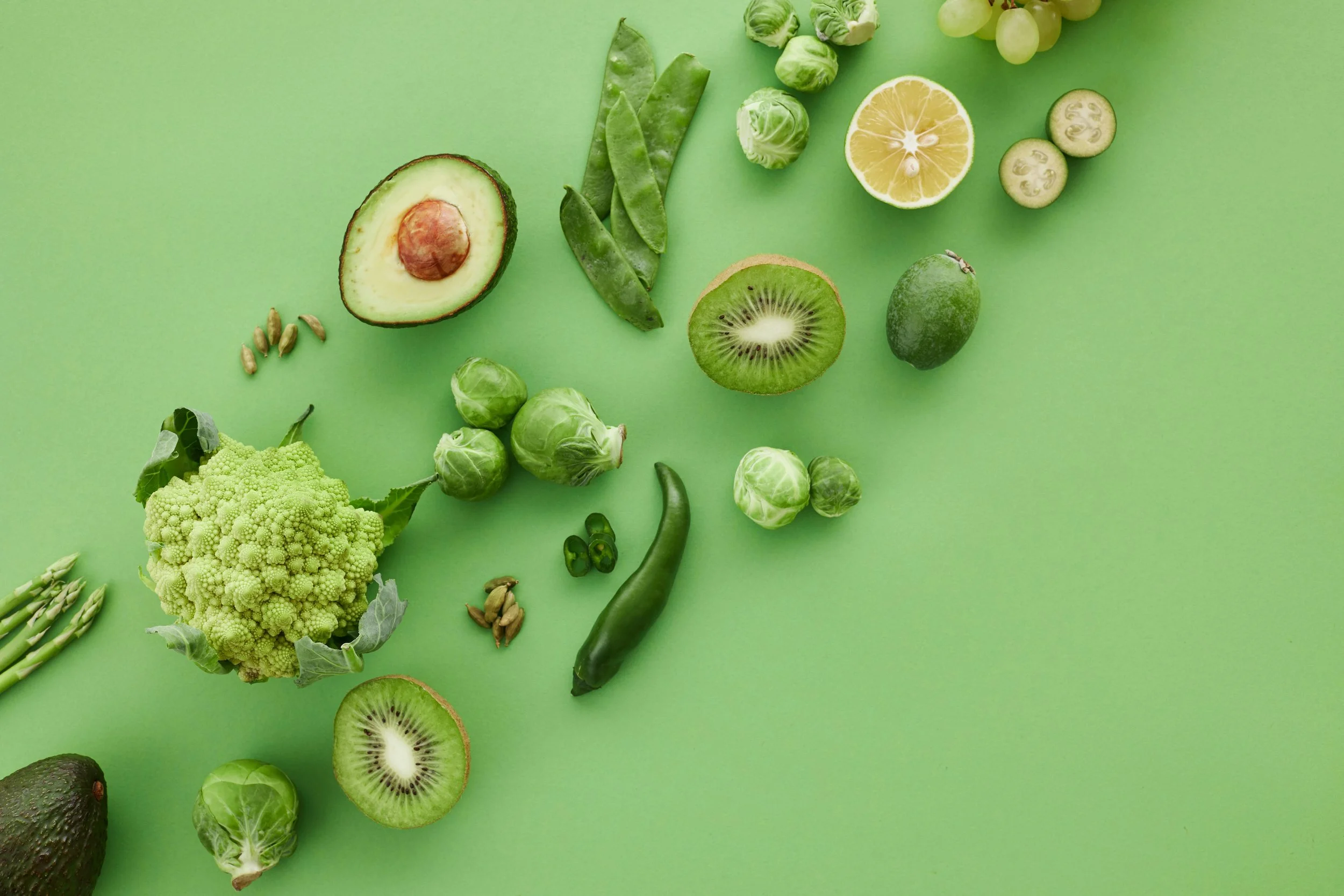A true mousse is an airy concoction, in which rich chocolate is held aloft by thousands of tiny bubbles. Aquafaba does an amazing job of lifting and holding a gorgeous egg-free whipped texture.
Ingredients
- 4 ounces semisweet vegan (optional) chocolate, not chips
- 1/4 teaspoon cream of tartar
- 1/2 cup aquafaba
- 2 tablespoons sugar
Preparation
- Melt the chocolate and allow it to come to room temperature.
- In a stand mixer with the whisk attachment, or a large bowl with an electric mixer, combine the cream of tartar and aquafaba. Mix on low just to combine, then raise the speed to high. Beat for 10 minutes, until the mixture reaches firm peaks. Sprinkle in 1 tablespoon of sugar and beat for 2 minutes, sprinkle in the remaining sugar and beat for 3 more minutes.
- Drizzle the chocolate gently over the aquafaba mixture, and use a rubber spatula to gently fold the chocolate into the whip. It will deflate quite a bit, but stay fluffy. Transfer to goblets, a bowl, or storage tub and refrigerate until set, about 30 minutes, then serve.
Authored by Robin Asbell. Reprinted by permission from StrongerTogether.coop. Find articles about your food and where it comes from, recipes and a whole lot more at www.strongertogether.coop





